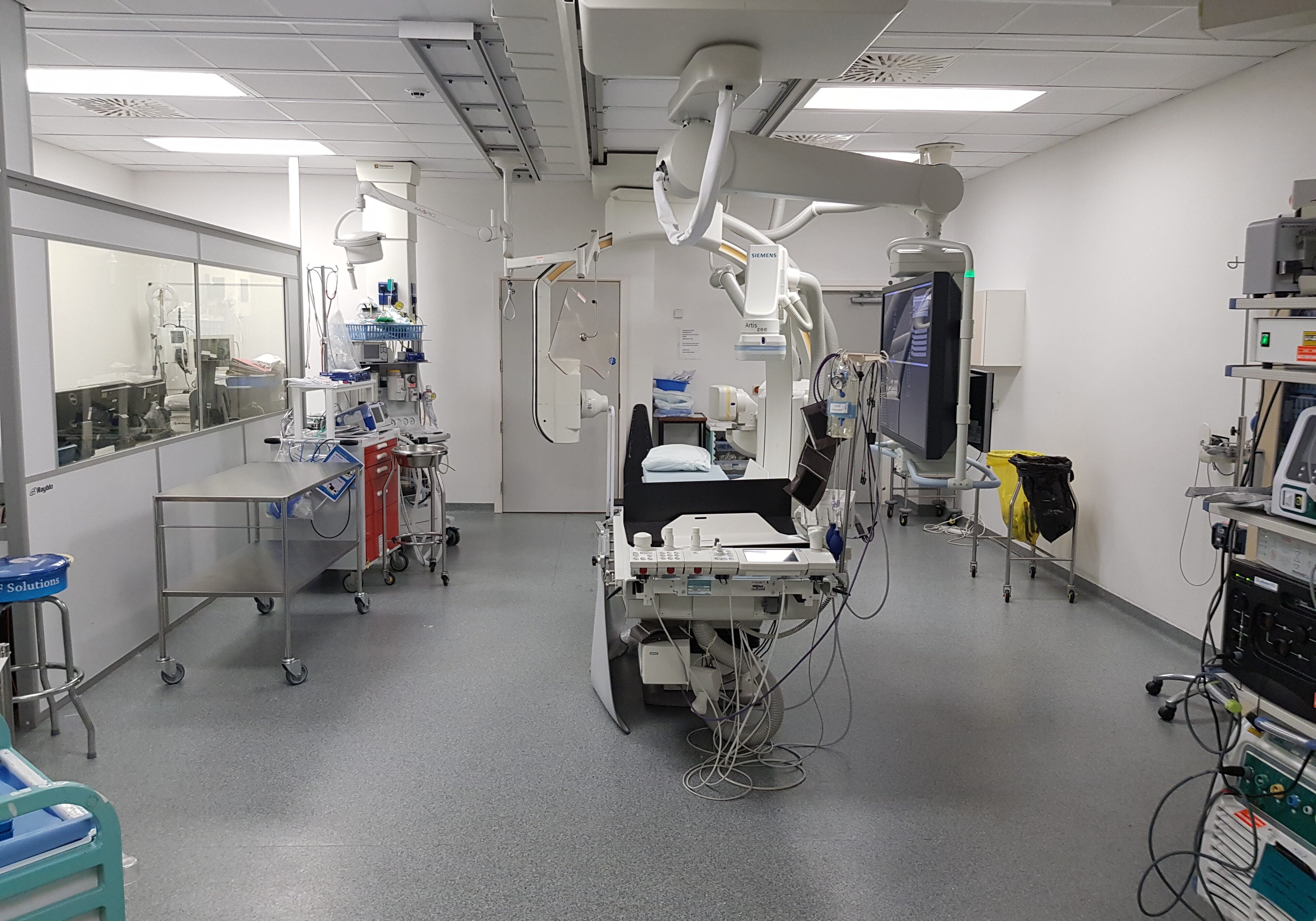

Their extensive experience and academic backgrounds ensure that they are familiar with all types of heart rhythm disorders.
#YOUTUBE ATRIAL FLUTTER ABLATION PROFESSIONAL#
Our physicians evaluate the newest treatments and technologies and author professional publications that advance the field of arrhythmia treatment. You will be cared for by regional and world leaders in the treatment of heart arrhythmias such as atrial fibrillation, atrial flutter, ventricular tachycardia, Wolff-Parkinson-White syndrome, atrioventricular re-entrant tachycardia, and other heart rhythm abnormalities. UAB Cardiovascular Institute delivers optimal patient care for heart rhythm disorders. It is increasingly used for the treatment of atrial fibrillation and ventricular tachycardia. This type of catheter ablation offers a cure for many arrhythmias including Wolff-Parkinson-White Syndrome and AV nodal reentrant tachycardias. Patients often go home the same day or spend one night in the hospital and go home the next morning. Once the doctors determine the location where abnormal heartbeats are causing an arrhythmia to start, they destroy (ablate) the abnormal heart tissue with radiofrequency energy delivered by a special machine. In the ablation procedure, thin wires called catheters are inserted into a large blood vessel in the arm, neck, or upper thigh and guided into the heart, where they are temporarily placed to first identify the cause of the arrhythmia. The ablation is performed by a heart doctor who specializes in treating problems of the heart’s electrical circuitry. Cardiac catheter ablation is a minimally invasive procedure performed in a special hospital room called an electrophysiology laboratory, or EP Lab. The heart’s electrical system controls the rate and rhythm of your heartbeat. This is when your Afib is considered permanent.Cardiac catheter ablation is a medical procedure that doctors use as one of the primary treatments for arrhythmias, which are defined as abnormal heartbeats. Permanent Afib – This type of Afib lasts indefinitely, even when your doctor has tried to treat your Afib with medications and other treatments.In these cases, medical intervention can be performed to restore the heart to normal sinus rhythm. Persistent (chronic) Afib – This type of Afib does not go away on its own and lasts longer than seven days.It’s a problem that tends to worsen with age and usually results in the need for a pacemaker to assist in keeping the heart beating in a normal sinus rhythm. Sick sinus syndrome (sinus node disease, sinus node dysfunction) – This type of Afib occurs when the heart's sinus node-that part that stimulates the heart to beat in proper rhythm-isn’t working effectively.Many cases of “holiday heart” often stabilize within 24 hours. One type of PAF is “holiday heart syndrome,” also referred to as alcohol-induced atrial arrhythmias that occur in individuals celebrating too much during holidays or other celebratory occasions like weddings. Still, each episode lasts no longer than seven days, and the heart eventually returns to normal sinus rhythm with or without treatment. Paroxysmal fibrillation (PAF) – This type of atrial fibrillation (Afib) occurs when the heart rhythm spontaneously alternates between normal sinus rhythm and irregular rhythm.In general, the types of Afib are classified by how long the arrhythmia typically lasts (duration) and the underlying reason for it. The symptoms for each type of Afib may feel similar, but how the condition is treated may differ depending on the type. There are several different types of Afib. 2 To understand Afib, including how you can treat it, knowing how the heart functions normally is helpful. In fact, if you have Afib, you have five times the risk of having a stroke than people who don’t have Afib. While Afib itself generally is not life-threatening, the complications from Afib can be very serious, as it can increase the risk for heart problems such as heart failure and stroke.

It’s the most common heart rhythm irregularity-or cardiac arrhythmia-and it’s estimated that by 2030, 12.1 million people in the U.S. Atrial fibrillation, commonly known as Afib or AF, is an irregular heartbeat caused by an abnormal heart rhythm that makes the upper heart chambers (the atria) quiver, or fibrillate.


 0 kommentar(er)
0 kommentar(er)
